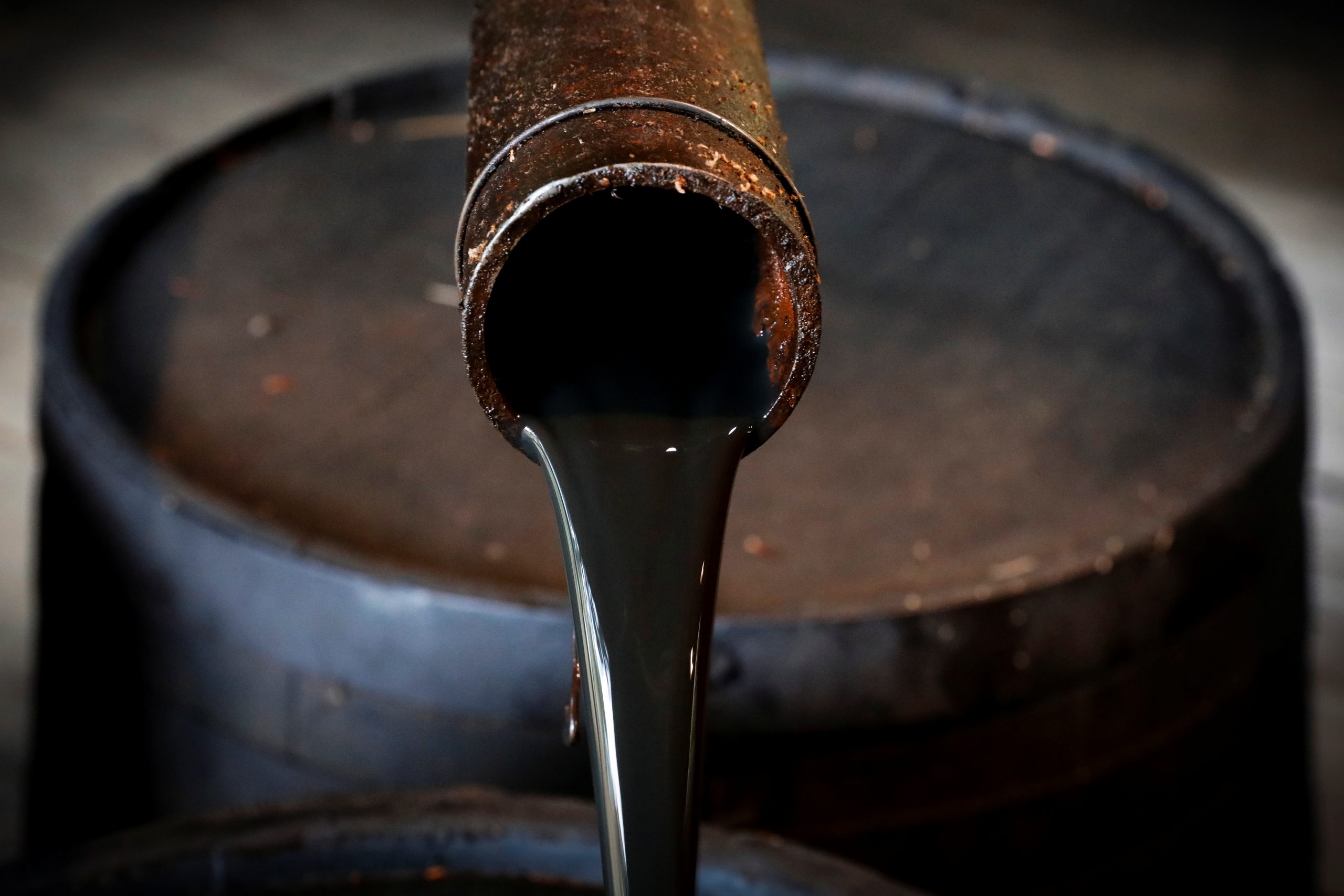
Lauren Moye, FISM News
[elfsight_social_share_buttons id=”1″]
The ongoing conflict in Ukraine continues to drive up prices on crude oil. As countries discuss banning Russian oil as a possible consequence for their invasion of the smaller country, the price per barrel closed last night at their highest in roughly a decade. U.S. gas prices have also risen to their highest in nearly a decade.
Brent futures settled at $118.11 a barrel, a high that hasn’t been seen since February 2013. Meanwhile, U.S. West Texas Intermediate (WTI) reached $115.68, which was last seen by the company in September 2008.
For this week, both companies posted large weekly gains with WTI surging by 26% and Brent by 21%. It was mid-2020 when these companies last posted such large weekly gain numbers.
The crisis is expected to continue as nations weigh the benefits and ramifications of targeting the Russian energy sector with a new round of sanctions. Canada banned importing Russian oil last week and the Biden administration is facing calls from U.S. lawmakers to follow their lead thanks to a bill sponsored by Senators Joe Manchin (D-W.Va.) and Lisa Murkowski (R-Ala.).
The bipartisan bill was introduced on Thursday and has been fast-tracked. A Friday Reuters/Ipsos poll shows that 80% of Americans support a ban on Russian-oil, which shows strong agreement between both Democrats and Republicans on the issue.
We must ban Russian energy imports & stop allowing Vladimir Putin to use energy as a weapon. #BanRussianImports #StandWithUkraine pic.twitter.com/ucC1O1LRYP
— Senator Joe Manchin (@Sen_JoeManchin) March 3, 2022
“We are looking at ways to reduce the import of Russian oil while also making sure that we are maintaining the global supply needs out there,” White House spokeswoman Jen Psaki said at a press briefing.
UBS analyst Giovanni Staunovo told Reuters, “While U.S. oil imports from Russia are small in a global context, some market participants might be concerned that other countries might follow that step.”
Rising oil continues to drive up the national average gas price. AAA reported that the U.S. saw an average of $3.83 on Friday. This price also has not been seen since Sept. 2013. For California, the average is over $5 per gallon.
Gas has risen in leaps and bounds with an 11-cent jump between Thursday and Friday and a 41-cent jump within a month. AAA spokesman Devin Gladden described the spike as a source of “sticker shock” for American drivers.
He told MSN, “There’s a lot of social challenges at the moment that are compounded by higher prices.”
The U.S. and its global allies reached a deal this week to release a sum of over 60 million barrels of oil into the global supply from national reserves in an effort to counter the rising prices.
Russia is the second-largest exporter of crude oil with a daily average of 4 million to 5 million barrels of oil.
